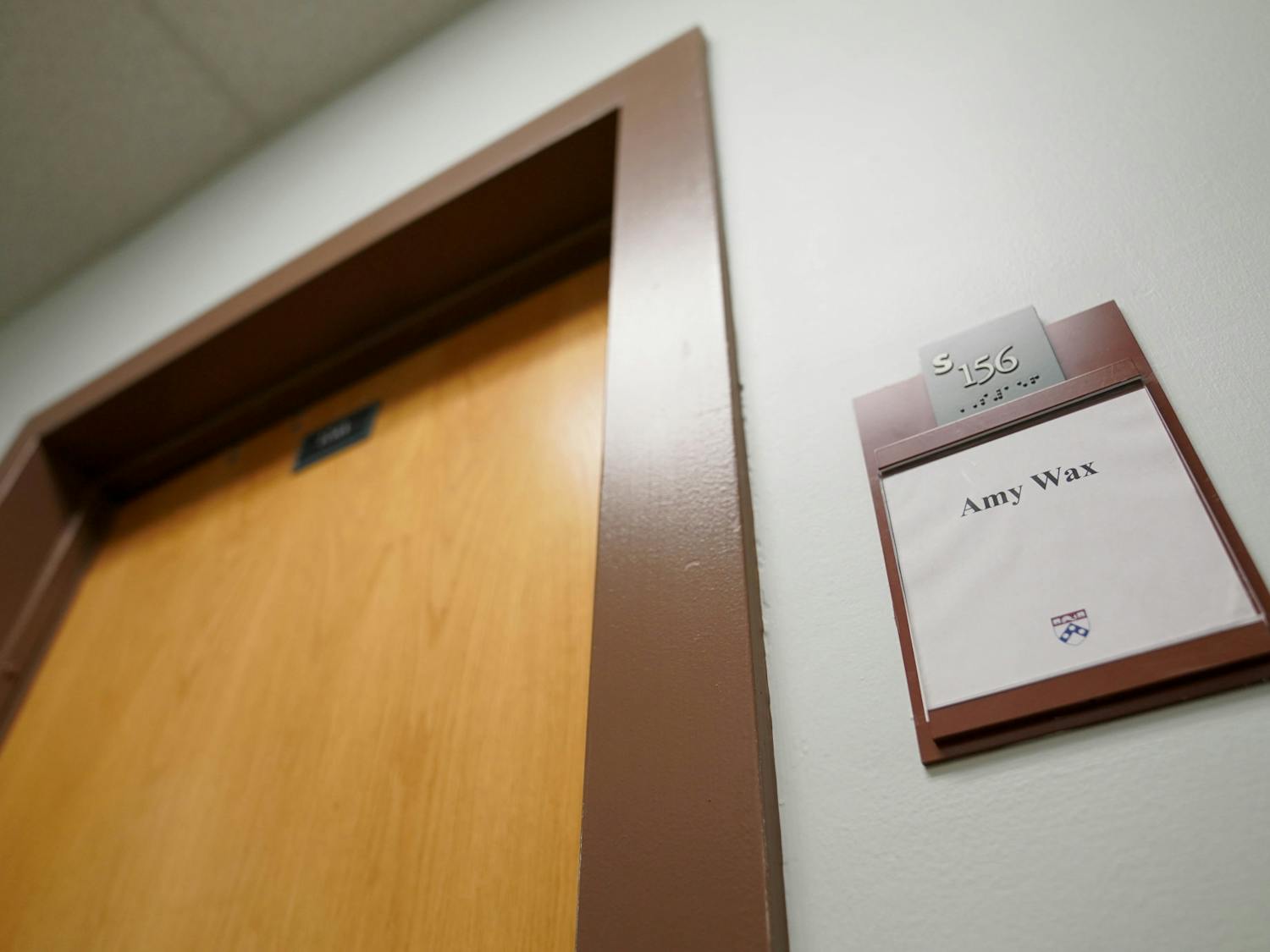Blacks and Jews have shared a long history of being left out of wider American society, often working together to fight both overt and hidden discrimination. Their history of cooperation and antagonism, understanding and tension began in the early 1900s and runs through to the present. In recent years, however, the two groups have forgotten that they share "closer commonalities than any other groups in the U.S," according to Social Work Professor Walter Palmer. With the aim of improving relations between the two communities, the Penn Hillel/Jewish Activities Center, African American Resource Center and Greenfield Intercultural Center are sponsoring a one-week alternative spring break program, "Alliance and Understanding." In March, the program will bring 16 students to New Orleans to visit two communities, one predominantly black and one that is mostly Jewish. The students will work with community members while meeting with political and business leaders in both communities and volunteering in churches, synagogues and schools. The program coordinators are currently soliciting applications from undergraduates who "show commitment to community service, tolerance for different cultures, and openmindedness," AARC staff assistant Afi Roberson said. Applications, available at Hillel, GIC, AARC and the Jewish Activities Center, are due November 26. The program costs approximately $150 per person. After returning to Penn, the program's participants will lead workshops on black-Jewish relations for the campus and across the city. If the New Orleans trip is successful, the sponsors hope to take a group of students to Africa and Israel over winter break of 1998 to further explore the historical connections between the two groups. Melinda Pollack, Hillel's Katz Hadassah Jewish Campus Service Campus Fellow, said "Alliance and Understanding" is part of Hillel's effort to promote multiculturalism. Hillel is also sponsoring a program on Arab-Jewish relations, she said. "Certainly, it can be done with any other group," she said. "What makes this program unique is the shared historical experience between the two groups." According to Palmer, the alliance between the black and Jewish people can be seen most clearly in the early 1900s, when both communities faced segregated housing arrangements. Throughout the Northeast United States, Jewish and black "ghettoes" became increasingly visible. With the two groups cut off from mainstream America, they naturally felt a mutual understanding for one another, Palmer said. This alliance became more pronounced when Jewish people began supporting black suffrage, participating in rallies led by W.E.B. DuBois' Niagara Movement in 1915. In the 1930s, by contrast, many Jews began to assimilate into mainstream society, often changing their names, Palmer said. As Jews moved out of the ghettoes, black people took their place. Jews, however, continued to own many of the ghetto businesses and properties, creating an often-antagonistic landlord/tenant, store owner/customer relationship with the areas' black residents, Palmer said. This trend continued into the 1960s. As Jews moved up in the social hierarchy and grew increasingly prosperous, blacks grew skeptical of their ally, who by the virtue of their skin color were able to assimilate into white society. "The Jews were able to shake off some of the mantle, while blacks couldn't change their name or discard any religious symbol to fight against state-sponsored discrimination," Palmer said. But the next generation of Jews continued to support blacks during the civil rights movement, two-thirds of whose white supporters were Jewish. In 1967, national protest movements such as the Student Nonviolent Coordinating Committee and Students for Democratic Society, disenchanted by the lack of progress in countering racism, advocated building up black communities as a cohesive unit, rather than battling racism's external manifestations. Eventually, building internal cohesiveness developed into the concept of "community control," under which blacks replaced the Jews who previously ran the schools, businesses and other institutions in the community, Palmer explained. Many Jews reacted by saying "community control" in black communities was anti-Semitic, leading to a years-long divide between the two groups. But GIC Assistant Director Karlene Burrell said by tracing back over some of their joint history, students in the program might help build an alliance between Jews and blacks at Penn. "Hopefully students will recognize similarities in the history of struggles and alliances that has been built in the past and what may have caused the breakdown," Burrell said.
The Daily Pennsylvanian is an independent, student-run newspaper. Please consider making a donation to support the coverage that shapes the University. Your generosity ensures a future of strong journalism at Penn.
DonateMore Like This
Here’s how Penn plans to celebrate America’s 250th anniversary
By
Arti Jain
·
Jan. 15, 2026
Van Pelt Library discontinues bag check security policy
By
Christine Oh
·
Jan. 15, 2026
Penn Faculty Senate approves revisions to research misconduct policy
By
Rachel Erhag
·
Jan. 15, 2026








